The Indian golden oriole, also known as Oriolus kundoo, is a species of oriole that shares many similarities with its Eurasian counterpart. However, one can easily distinguish it by the prominent yellow color on its tail. This bird has a robust beak, long tail, and elongated wings. The male Indian golden oriole has a striking yellow plumage that covers most of its body, with black wings and tail. The defining feature of this bird is the black stripe that runs across its eyes, resembling an eyeliner. The female Indian golden oriole has a greenish-yellow color on its upper parts, with dark streaks on its lower parts. Both male and female birds have red irises and produce a harsh “krrrrrr” sound while feeding.
These birds can be found in various habitats across Central Asia and the Indian subcontinent, including woodlands, orchards, and forest edges. They feed on insects and fruits and can hunt for flying insects. During the breeding season, which occurs between May and June, female birds lay their eggs.
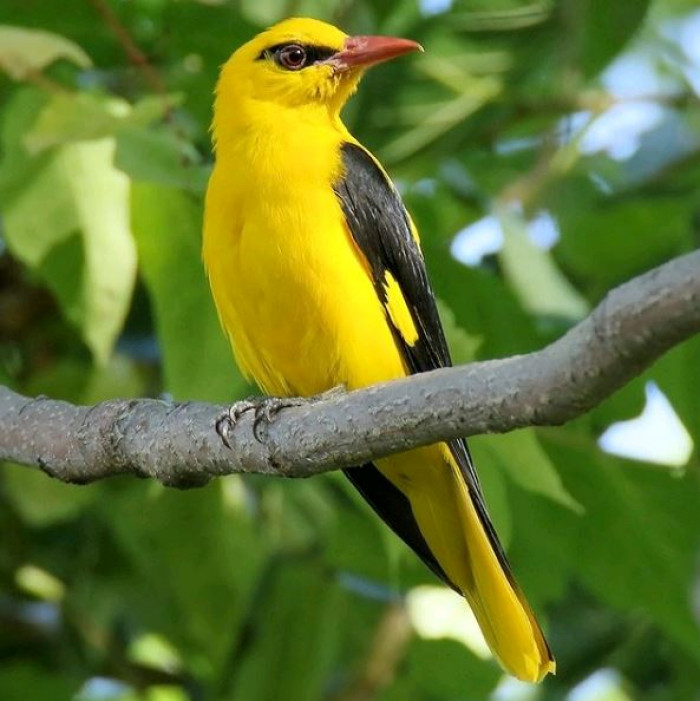
The females are mostly responsible for building the nest. Meanwhile, the males are the ones who collect the raw materials for the next.
They brink cobwebs, leaves, barks, stems, and other materials. The female will then build a cup-shaped nest where she can lay her eggs.
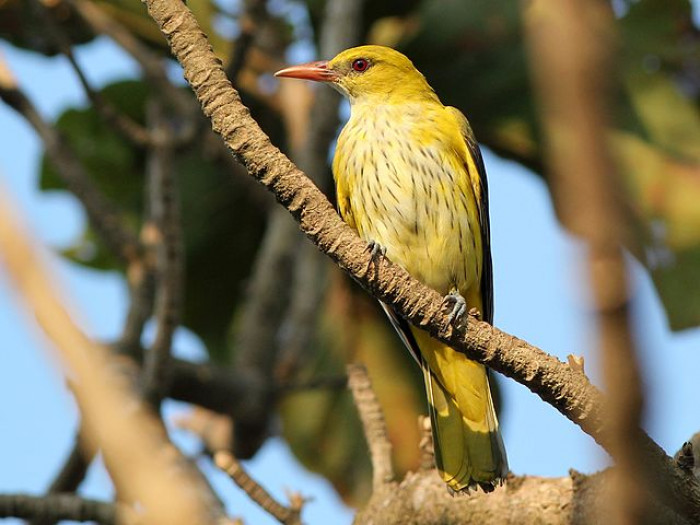
The nest hangs like a hammock under the fork. The body of the nest is made of different materials.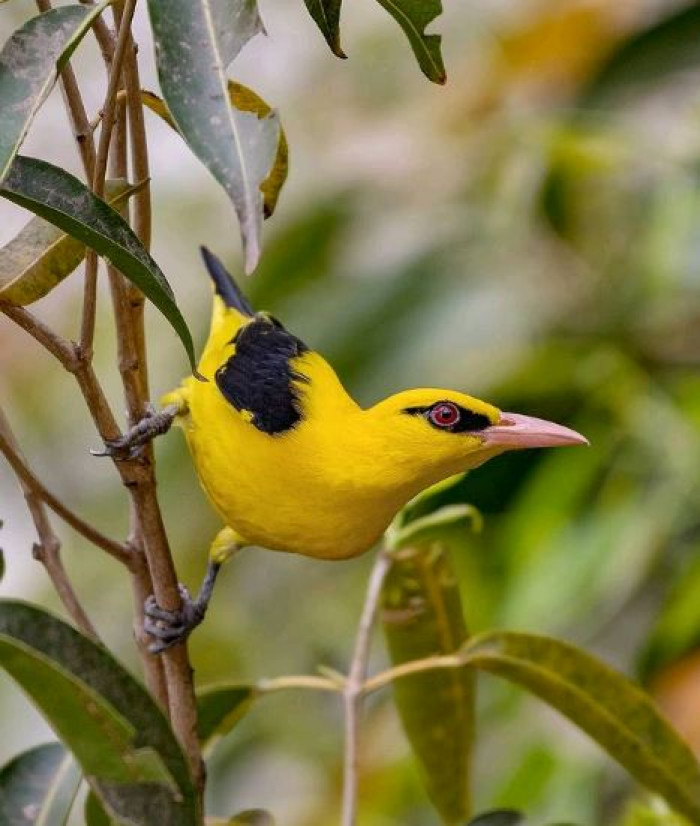
Bark fibers or grass hold the nest together (about 20 to 40 cm in length). Other nests are stuck with saliva.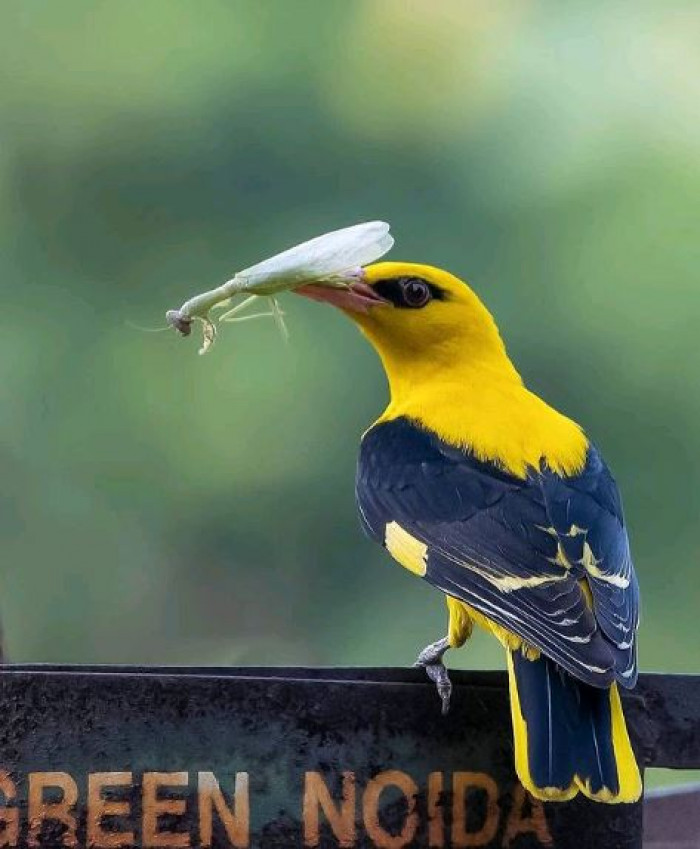
The female Indian golden oriole lays about three to four eggs.
The incubation period is around 16 to 17 days. It is done by both the male and female birds.
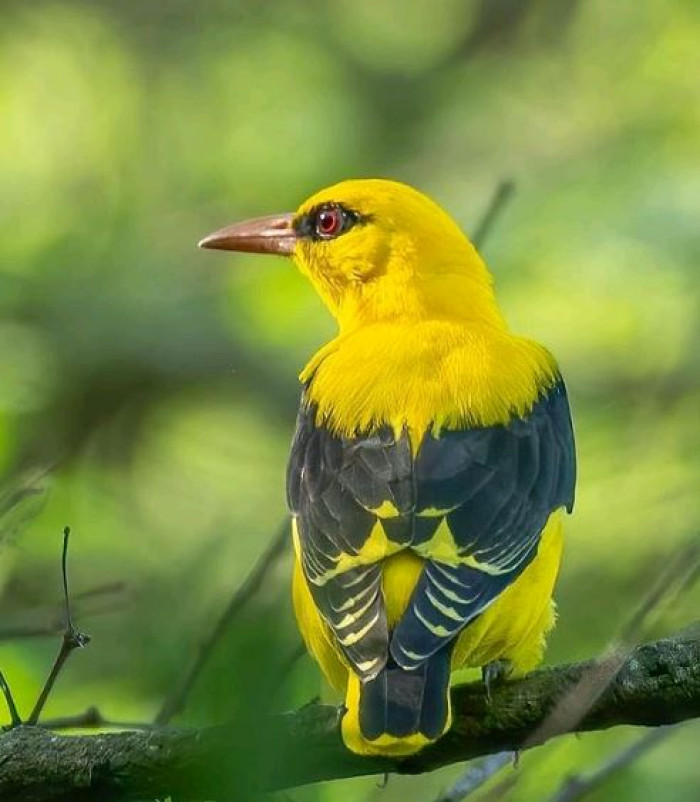
The young are then fledged after 16 to 17 days.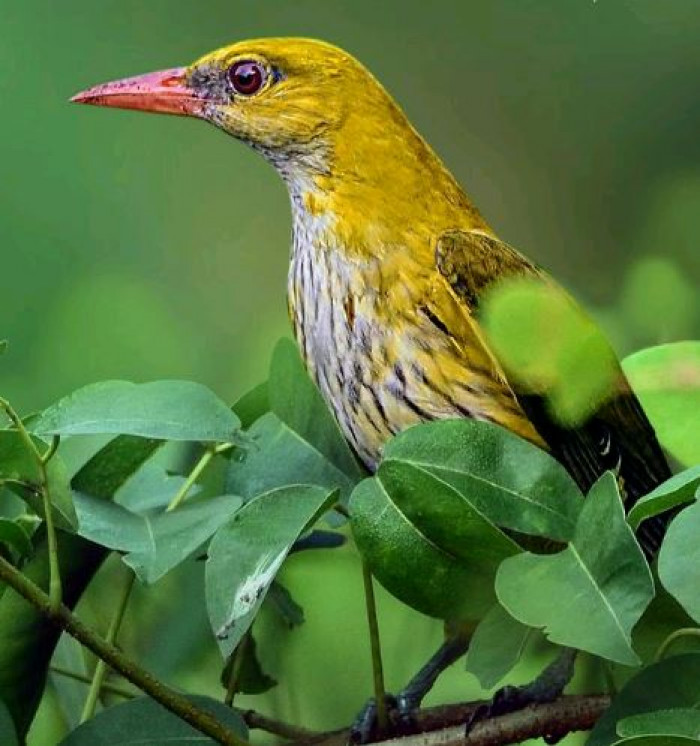
Scientists have yet to list the lifespan of the species. For reference, the Eurasian kind lives around eight to 12 years.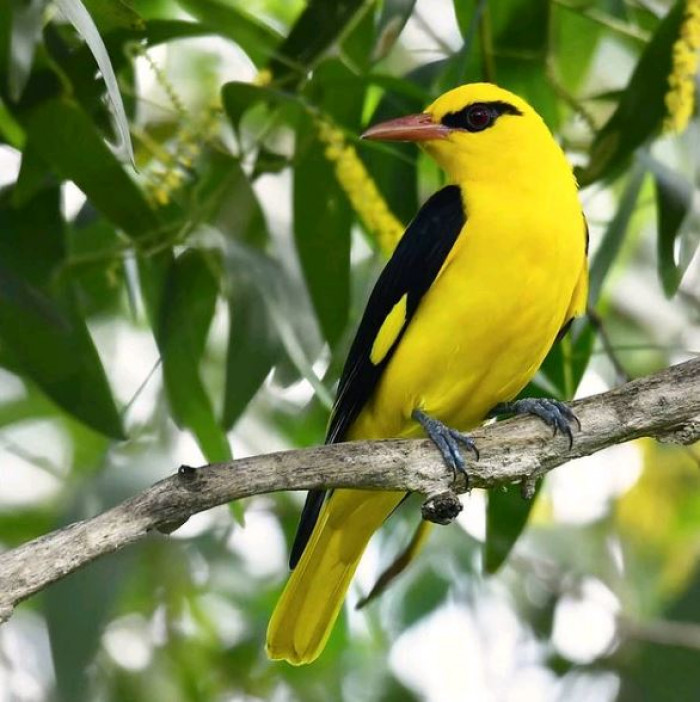
International Union for the Conservation of Nature classifies the Indian golden oriole as least concern.
These birds are not rare. Aside from having a stable population, they can be seen in their natural habitat regularly.
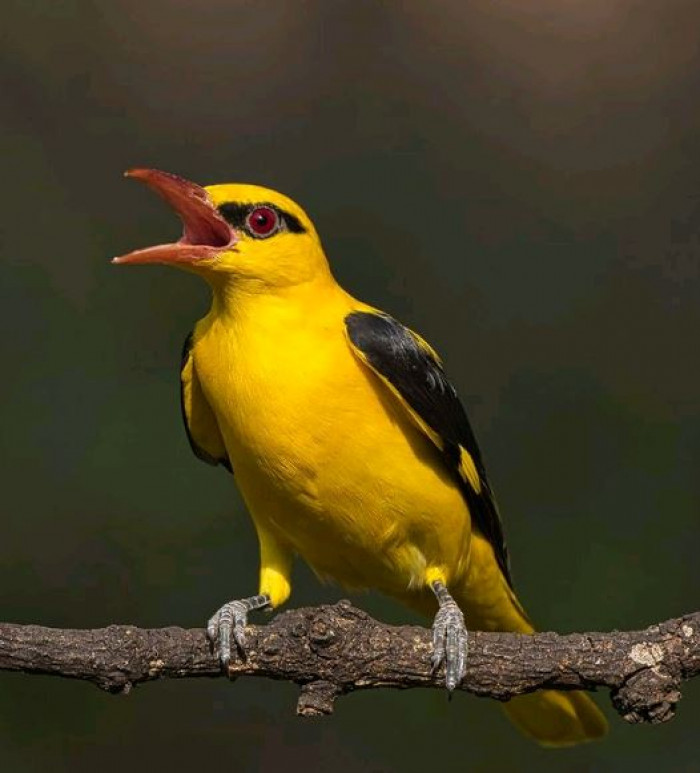
Hear the Indian golden oriole sing by watching this video.
Source: https://www.pupperish.com/








